How to choose a sink for washing and install it yourself
Drain, also known as a drain siphon, is one of the most important elements of a kitchen sink, as it ensures the proper functioning of this sanitary device and performs several important functions at once. Currently, there are quite a few types of these devices, which differ in material and design, so their choice for many is a difficult task. Below, we will take a closer look at what kind of drain fittings for washing can be, what to look for when choosing it and how to install a sink drain.
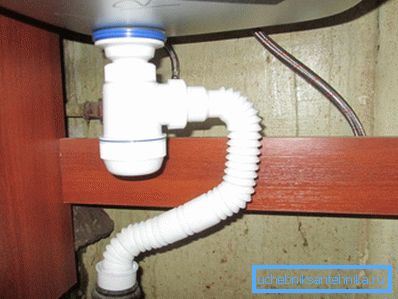
General information
First of all, consider why the drain is so important. Of course, it diverts sewage into the sewers, but any pipe can cope with this task.
Siphon also performs a number of additional functions:
- Provides a water seal, so that the smells from the sewer do not penetrate into the room.
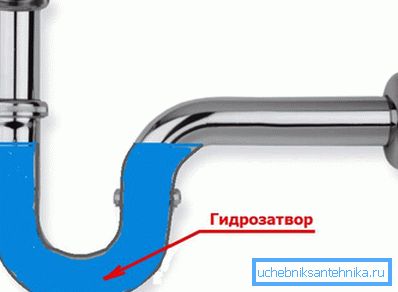
- It prevents clogging of the sewer system, which is achieved in two ways at once:
- With the help of a mesh that is installed in the drain hole of the sink.
- Thanks to the bends that hold up the garbage. Subsequently, the blockage is very easy to remove with your own hands.
For these reasons, the choice of drain fittings must be given no less attention than, for example, the mixer or the sink itself.
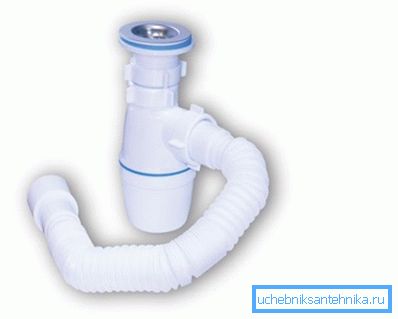
Types of plums
To choose a suitable drain design, first of all you need to familiarize yourself with its views, which we will do below. So, all types of siphons can be divided into the following types:
| Bottle | It is the most common type, as it is easy to maintain. To clean such a drain, you only need to unscrew the cover with your hand. Outwardly, the siphon resembles a bottle, hence its name. |
| Tubular | Designed as a curved tube |
| Corrugated | It is a flexible corrugated tube, which is fixed in a bent state with plastic clips. |
Each construction of the drain has its own advantages and disadvantages, therefore, below we take a closer look at them.
Bottle
Externally, this product is a collapsible plastic flask with a rigid inlet pipe and a flexible corrugated outlet. This design is the most difficult, so before you assemble the device, you must be familiar with the scheme that is included in the kit.
In operation, such a drain, as already mentioned above, is the most convenient. Therefore, for the kitchen sink, which is most susceptible to blockages, it is the best option.
Tip! If household appliances such as a dishwasher or a washing machine are used in the kitchen, a siphon with additional taps should be purchased.
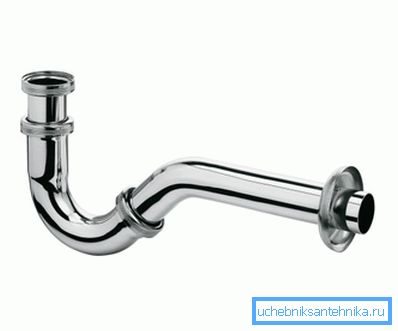
Tubular
Siphon in the form of a pipe is rarely used in kitchen sinks for the following reasons:
- In case of clogging, cleaning is much more difficult., which is associated with the complexity of dismantling the structure.
- Higher price of the product, since such siphons are usually made of metal for use in plain sight, for example, for suspended sinks. In the case of a sink, the drain is usually hidden in the cabinet, so its appearance does not matter and there is no point in overpaying.
Therefore, these types of sinks are better suited for bathrooms.
Note! When choosing a siphon, you need to pay attention to the seals - they should be smooth and elastic. This ensures the tightness of the structure after installation.
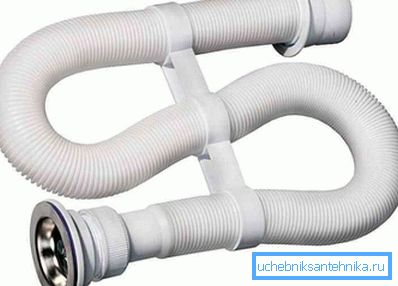
Corrugated
This type of drain is the simplest design. Its main advantage is ease of installation - it is possible to connect the drain to the sewage system regardless of how the sewer pipe is located. In addition, with such a connection, the cabinet with the sink can be moved a short distance.
Among the shortcomings, it is possible to single out the fact that the corrugated siphon is often clogged, as it has an uneven surface, in addition, it is less durable. Therefore, to purchase such a drain in the kitchen only makes sense if it is not possible to install another type of siphon.
Tip! To clean the corrugation, you need to pull the hose out of the sewer pipe and align. Trash can be gently pushed through with a wooden stick.
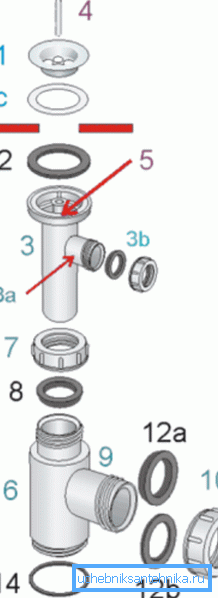
Installation
As an example, consider how to install a bottle-type drain.
Instructions for the implementation of this work is as follows:
- To begin the installation of the drain you need to install the mesh in the drain hole of the sink. Gaskets are usually installed between these parts, so this assembly consists of 4-5 parts.
- Next on the side of the outlet pipe, you need to wear a rubber gasket.
- Then the pipe with the gasket should be pressed down tightly from the bottom to the sink, and a screw should be inserted from the top into the hole of the mesh.
- Next, the screw must be screwed into the socket nut with a flat screwdriver.
- Now that the main part of the drain has been collected, it remains to attach the siphon itself. For this you need to put a cap nut and a tapered gasket on the nozzle.
- Then the siphon should be mounted on the pipe and screw the union nut onto it.
- A gasket is inserted into the siphon cover, which is located below, and the part is screwed to the device case.
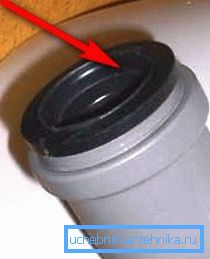
- At the end of the work should be connected to the drain pipe with sewage. As a rule, a tapered gasket is used for this. In the bell of the sewer pipe should be a special rubber cuff. If the branch pipe or sewer pipe has non-standard dimensions, it is necessary to use a special adapter.
Tip! To ensure tightness, all joints should be lubricated with sealant. The exception is the siphon cover, which will have to be periodically unscrewed to eliminate blockages.
Here, perhaps, all the main nuances of the installation of the bottle nozzle. I must say that the assembly of different models of the device may differ slightly. Therefore, before proceeding with the installation, it is necessary to familiarize yourself with the features of the assembly.
As for the installation of other types of plums, it is even easier.
Conclusion
As we found the best drain fittings for kitchen sink - this is a bottle drain. In some cases, when the washing connection is complicated by the location of the sewer pipe, you can use a corrugated drain. At the same time, regardless of the type of construction, you can install it yourself.
Additional information on this topic can be found in the video in this article.